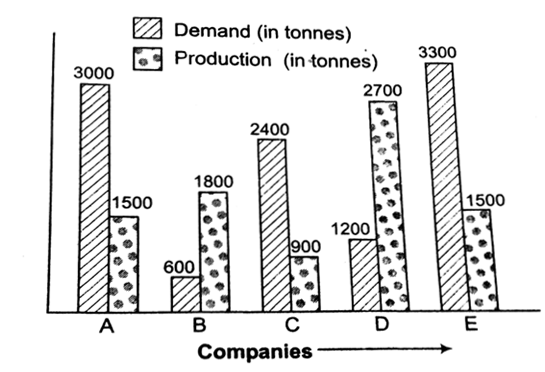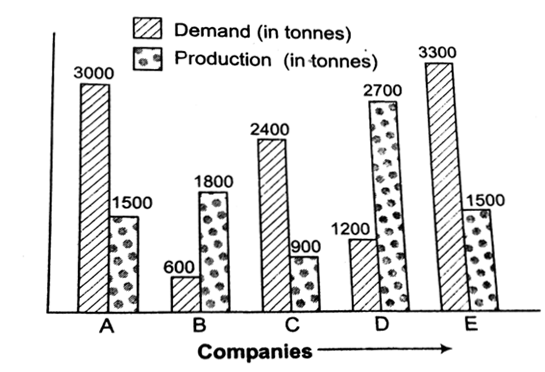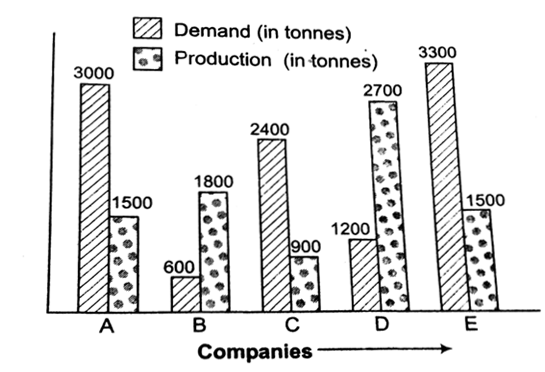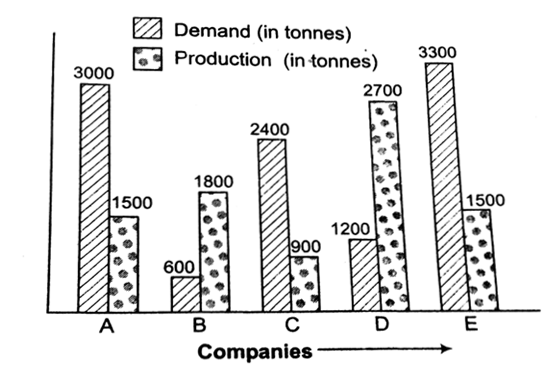 Multiple Choice Questions
Multiple Choice QuestionsKrishna purchased a number of articles at ₹ 10 for each and the same number for ₹ 14 each. He mixed them together and sold them for ₹ 13 each. Then, his gain or loss per cent is
loss 
gain 
loss 
gain 
D.
gain 
Cost price of both articles = 10 + 14 = ₹ 24
Selling price of both articles = 13 x 2 = ₹ 26
∴ Profit per cent:

A trader bought two horses for ₹ 19500. He sold one at a loss of 20% and the other at a profit of 15%. If the selling price of each horse is the same, then their cost price are respectively.
₹ 10000 and ₹ 9500
₹ 11500 and ₹ 8000
₹ 12000 and ₹ 7500
₹ 10500 and ₹ 9000
The simple interest on a sum for 5 yr is one-fourth of the sum. The rate of interest per annum is
5%
6%
4%
8%
The difference between the compound interest and simple interest on ₹ 10000 for 2 yr is ₹ 25. The rate of interest per annum is
5%
7%
10%
12%
A student goes to school at the rate of  and reaches 6 min late. If he travels at the speed of 3 km/h, he is 10 min early. The difference (in km) between the school and his house is
and reaches 6 min late. If he travels at the speed of 3 km/h, he is 10 min early. The difference (in km) between the school and his house is
5
4
3
1
A sum of money placed at compound interest doubles itself in 4 yr. In how many years will it amount to four times itself?
12 yr
13 yr
8 yr
16 yr
The following graph shows the demand and production of cotton by 5 companies A, B, C, D and E. Study the graph and answer the questions given below.
The demand for company B is what per cent of the demand for company C?
1.5
2.5
25
30
The following graph shows the demand and production of cotton by 5 companies A, B, C, D and E. Study the graph and answer the questions given below.
What is the ratio of companies having more demand than production to those having more production than demand?
2 : 3
4 : 1
3 : 2
1 : 4
The following graph shows the demand and production of cotton by 5 companies A, B, C, D and E. Study the graph and answer the questions given below.
What is the difference (in tonnes) between average demand and average production of the five companies taken together?
320
420
2100
1050
The following graph shows the demand and production of cotton by 5 companies A, B, C, D and E. Study the graph and answer the questions given below.
The production of company D is how many times that of the production of the company A?
1.8
1.5
0.5
0.4
